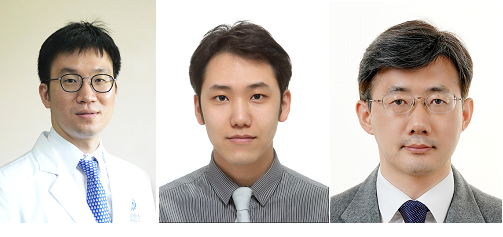A joint team of ophthalmologists at Gangnam Severance Hospital and Seoul Asan Medical Center have successfully predicted mutations in PAX6 genes in aniridia through artificial intelligence (AI), and confirmed its correlation through experiments.
Aniridia is a common genetic eye disease, in which the iris is not formed normally, causing poor eyesight and eye trembling. The condition is known to be caused by the PAX6 gene mutation from chromosome 11, and it is important to find the exact genetic cause because if WT1 genes and PAX6 defects cause the disease, it may turn into Wilms’ tumor, the team said.

Researchers have discovered non-coding RNA and new mutations in introns from two aniridia patients using nucleic acid sequence analysis and AI deep learning algorithms. Also, they confirmed the PAX6 gene increased and that a shortened transcriptome is formed due to deformity made in splicing during the gene transcription process.
“Many gene mutations which cause genetic disorders are discovered, thanks to the development of Next Generation Sequencing (NGS),” said Professor Han Jin-u of Gangnam Severance Hospital. “However, these are mostly mutations in areas that code protein. Other areas that are difficult to discover can be found by analyzing the genetic sequence and AI-based algorithms.”
Professor Lee Jun-won also said, “The study confirmed that correlation was possible through functional experiments based on AI-based assumptions. It could be an example study that discovered gene mutants that cause genetic disorders by using AI technology.”
The study has been published in the latest issue of the Journal of Human Genetics.

